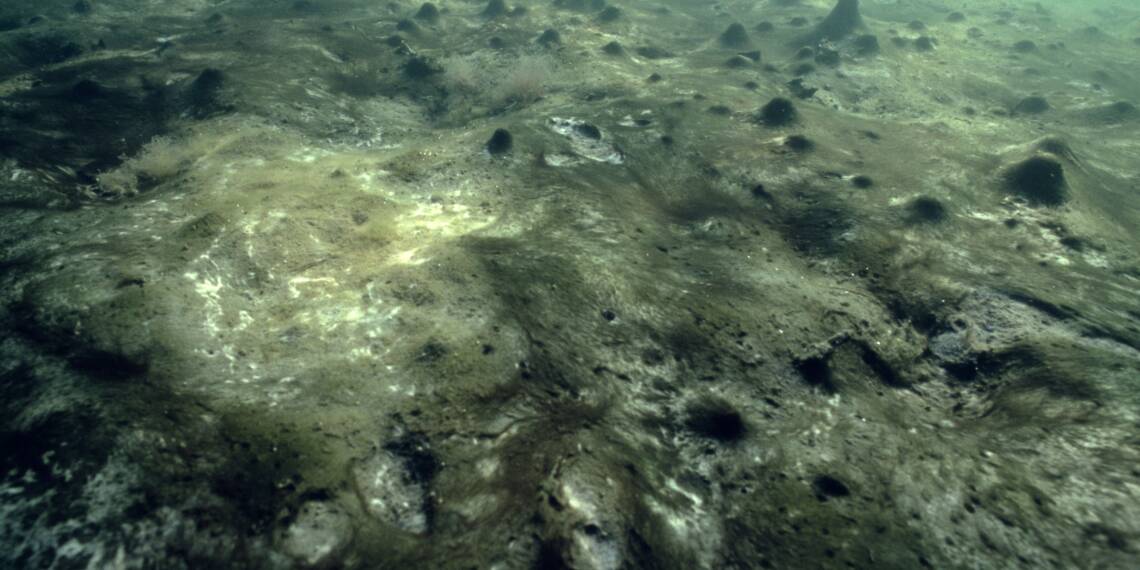
Internal loading regulates marine eutrophication
Nutrient loading has decreased over the past few decades, but the Baltic Sea continues to experience eutrophication. This is due not only to external loading but also to internal processes within the sea that releases the phosphorus bound to the bottom sediments back into the water. In such cases, we refer to the internal phosphorus load. The internal processes of the sea may regulate eutrophication in marine areas more strongly than external loading.
Nutrient loading into the Baltic Sea has been intense for decades, and a large amount of nutrients has been stored in the bottom sediments. Internal loading brings these previously deposited, sediment-bound nutrients back into the water. Therefore, internal loading cannot be equated with loading from catchment areas and the atmosphere. Only external anthropogenic loading and natural runoff bring new nutrients into the sea
The sea eutrophicates itself
In an eutrophic sea, there are masses of phytoplankton and coastal filamentous algae. When there is a lot of phytoplankton, most of it remains uneaten. A large amount of dead algae cells sink to the bottom, where benthic animals and decomposer microbes get to work. As they decompose organic matter, the decomposer microbes consume oxygen from the deep water. Oxygen becomes scarce and may run out completely.
In the Baltic Sea, water stratification limits the mixing of water caused by weather conditions such as storms. This prevents oxygen from moving from the surface layers to the bottom, where it is most needed.
When oxygen runs out near the bottom, the sediment’s ability to retain phosphorus weakens. Phosphorus is then released from the sediment and accumulates in large quantities in the deep water. This happens especially in late summer. However, water stratification prevents phosphorus from moving to the surface layer.
In autumn and winter, the sea surface temperature drops and water stratification weakens. This causes the bottom water to mix with the surface water, a phenomenon known as the full circulation of water. At the same time, phosphorus released from the bottom mixes throughout the water column. As a result, when the growing season begins in spring, there are already plenty of nutrients in the water, which affects the amount of phytoplankton in the following spring and summer. In this way, the marine area fertilises itself.
The release of phosphorus from the bottom into the water makes the ecosystem nitrogen-limited. This favours cyanobacteria and enhances the occurrence and blooms of cyanobacteria.
The oxygen situation in the seafloor affects the sediments’ ability to bind phosphorus
The ability of bottom sediments to bind phosphorus varies. This ability depends on the oxygen conditions at the bottom. On average, more phosphorus is bound to the bottoms of the Baltic Sea than is released. However, in years with low oxygen levels, the release of phosphorus can be stronger than its binding.
The oxygen conditions at the bottom are influenced by the level of eutrophication of the sea and internal characteristics of the sea, such as the tendency of the water mass to stratify.
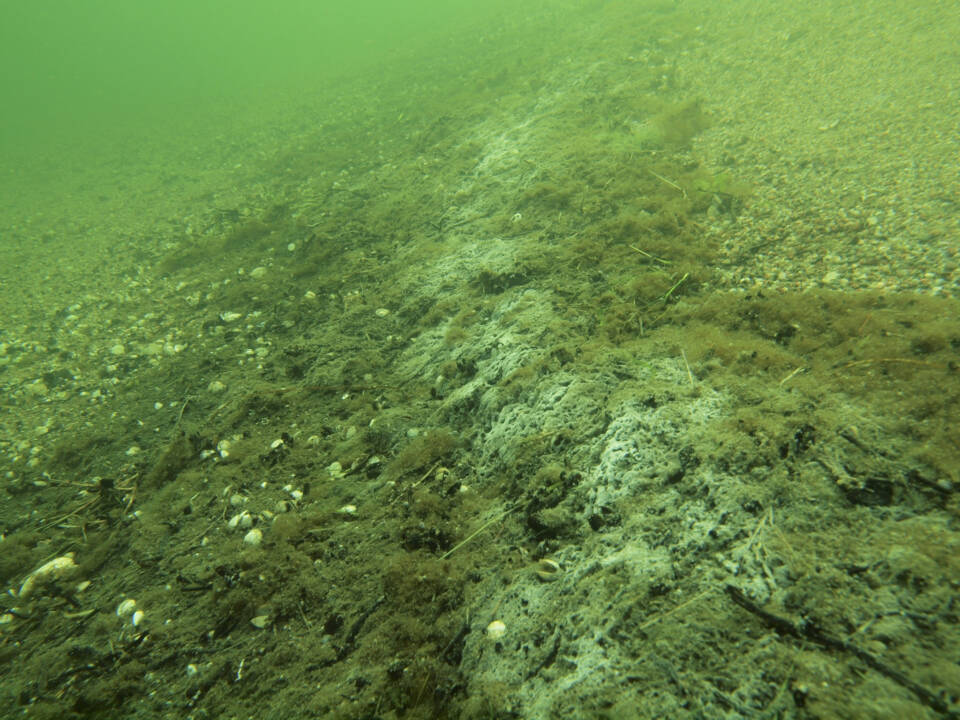
Eutrophication caused by internal loading cannot be controlled by man
If there is abundant internal loading, the eutrophication status of a marine area is no longer dependent on the external nutrient load. For example, the total amount of phosphorus in the Gulf of Finland can vary annually considerably more than is possible due solely to the external variations in phosphorus loading.
In the Gulf of Finland, the variation in the amount of phosphorus is largely explained by climatic conditions, such as winds and differences in air pressure, which regulate water flow and oxygen situation. As a result, the amount of phosphorus in the Gulf is clearly more affected by the internal processes of the Baltic Sea Proper and the Gulf of Finland than the external phosphorus load.
In the Gulf of Bothnia, internal loading is not a problem due to the good oxygen situation of its seafloor areas.
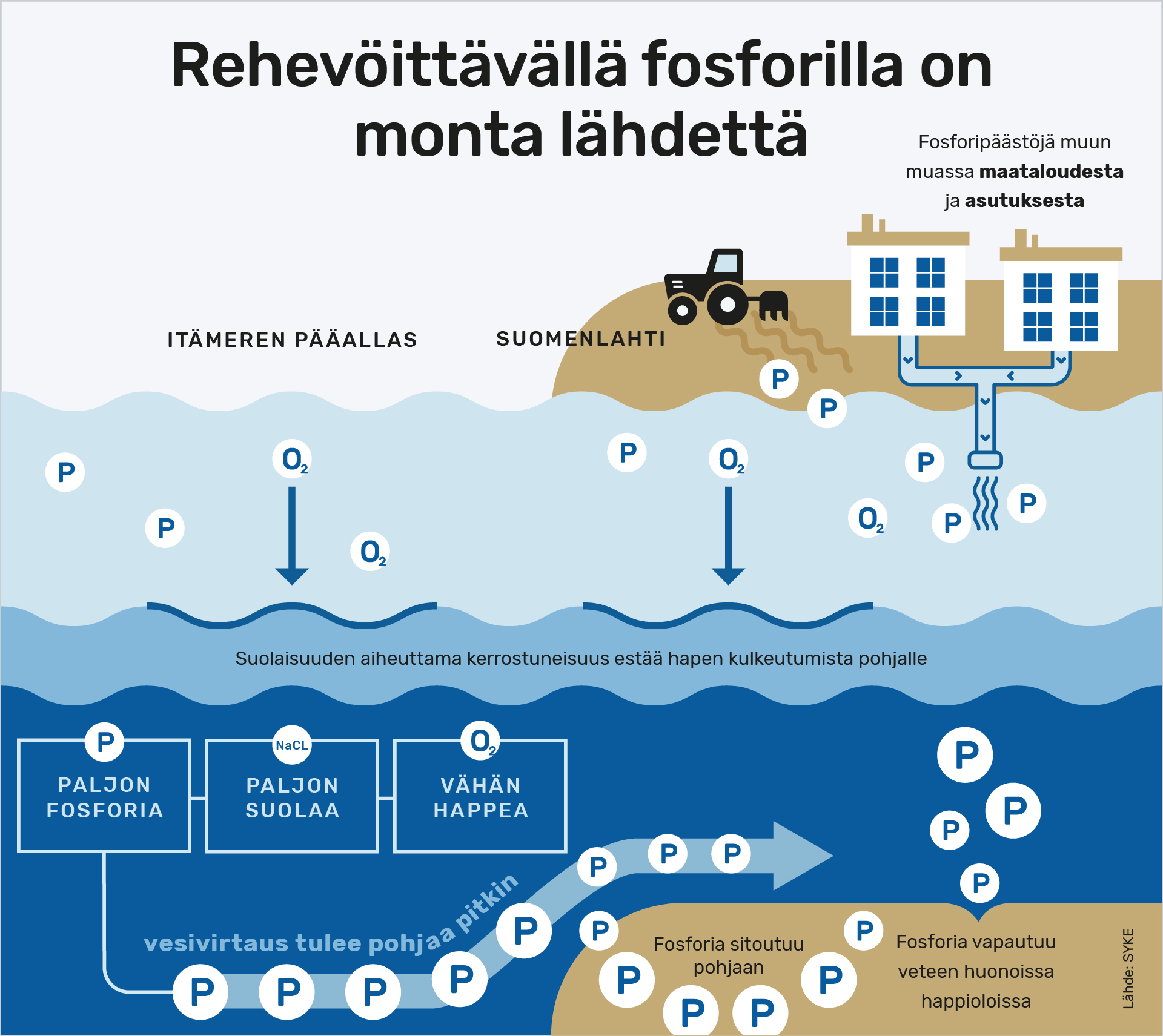
-
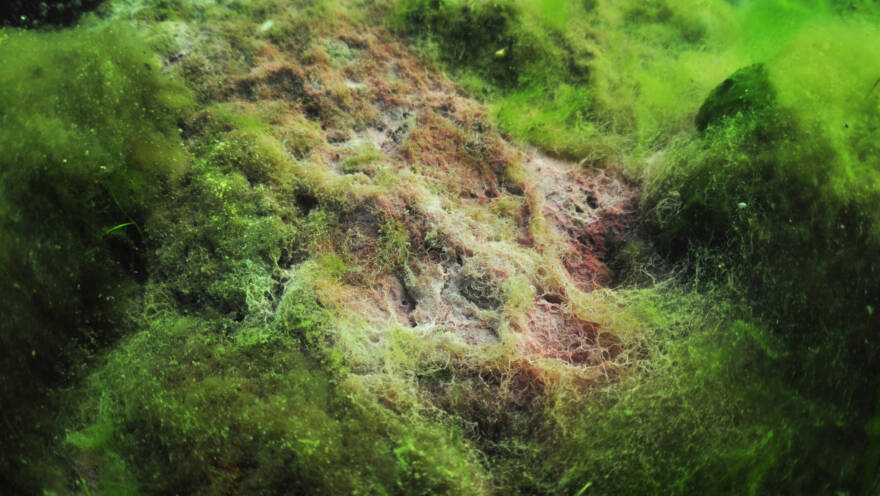 Find out more
Find out moreAnoxic bottoms
-
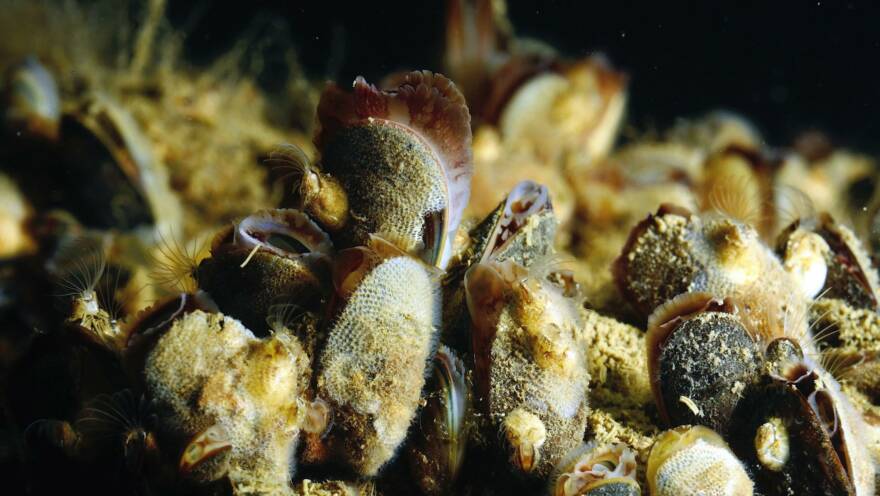 Find out more
Find out moreThe status of sea bottoms

